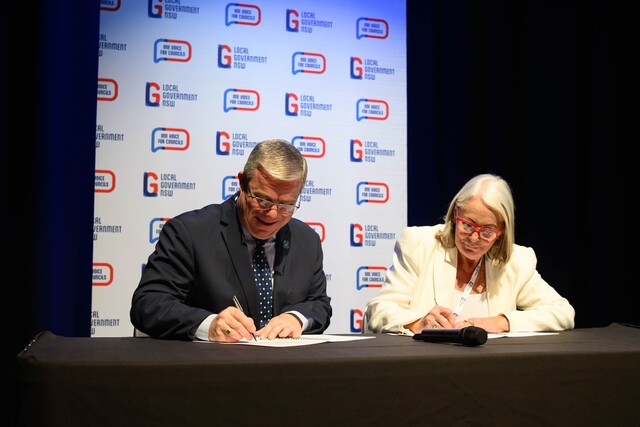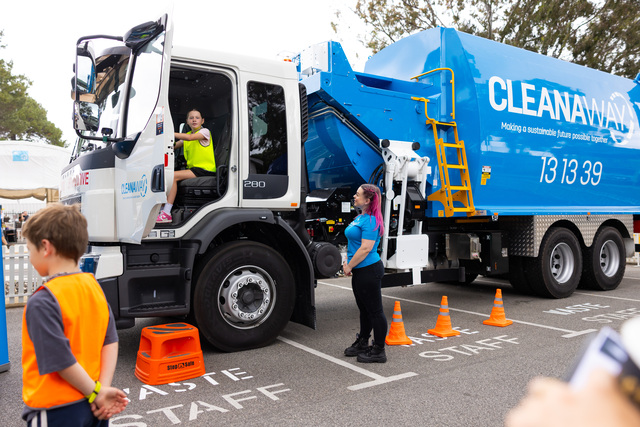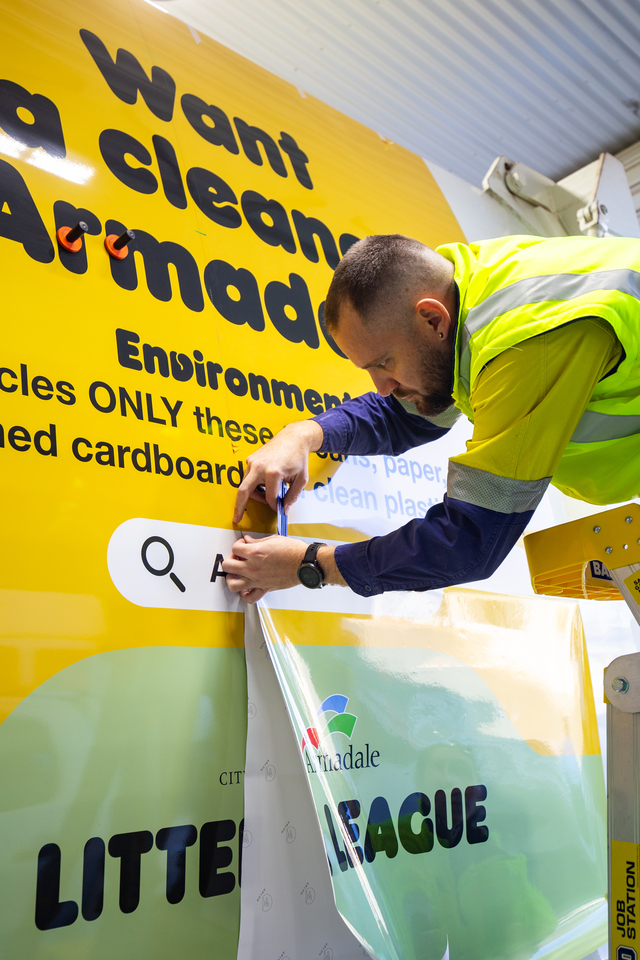Almost without exception, following every round of Local Government elections in Western Australia there are media stories criticising voter turnout.
This is in spite of the voter participation for Council elections in WA remaining constant at about 30 percent, which is comparable to the turnout for other non-compulsory government elections.
For example, the past three Local Government elections in WA have averaged 32.9 per cent turn out compared to 35.8 per cent for the past three UK general elections and 37 percent for most recent three United States mid-term elections.
It would seem that the voter participation at Local Government elections is what should be expected for a non-compulsory community poll.
However, as part of its comprehensive annual community survey, the WA Local Government Association (WALGA) decided to also test the influences on electors’ participation in Council elections.
Now in its tenth year, the WALGA community survey draws from a random sample of 1000 people stratified across the State to provide results equivalent in accuracy of three percent of the results if 95 percent of the entire population had answered the questionnaire.
Critically to the question of voter participation, the 2014 survey asked those who identified as not voting in Council elections to nominate what would encourage them to vote.
Unfortunately 26 percent of those who currently do not vote in Local Government elections were unable to nominate anything that would convince them to participate.
Another 14 percent claimed to be ineligible to vote and 11 percent were ‘not sure’ of what it would take to get them to vote.
However, it was promising that almost half of those that currently don’t vote in Local Government elections could nominate a factor that would encourage them to be involved.
These factors included practical considerations such as ‘more communication’ and ‘use of new technology’ and less practical such as the three percent who wanted a ‘rates discount’ as an incentive to vote.
It also found the influence of a specific issue that was significant to voters’ personal interests would encourage 11 percent of normally non-voters to participate.
The factors that had the greatest combined influence on encouraging people that normally would not vote to turn out were those associated with the profile, knowledge and perceived competency of the candidates contesting the elections.
The WALGA community survey found that factors associated with the candidates contesting the election influenced 23 percent of non-voters decision to participate.
These factors included ‘knowing more about the candidates’, ‘better choices of candidates’ and the perception that the ‘candidates did good for the community’ but also the negative motivator that they would participate if ‘there was a candidate they objected to and did not want to see elected’.
From this I suggest it can be taken that the engagement by quality candidates in the community is pivotal to increasing voter turnout at Local Government elections.
And again this is supported by results in other jurisdictions.
Earlier I quoted the average voter turnout for United States mid-terms – the elections every two years when all House of Representative and about a third of the Senate are up for election, but not the President.
By contrast when the two-year election of congress, House of Representatives and part Senate, coincides with the four-year presidential elections, the voter turnout is 52 percent higher.
The stark contrast between elections of congress with and without the advertising blitz that accompanies a Presidential election further supports the notion of candidacy influencing voter turnout.
However any comparison of the turnout for non-compulsory Local Government elections in WA with participation in other voluntary polls in the UK and US is seldom made in the media.
It simply doesn’t get that sophisticated in the analysis.
Rather, Council elections are criticised for the turnout in which the media inevitably tries to suggest that Councils lack relevance because only about a third of the population voted.
Such a conclusion is flawed by the simplicity in assuming that relevance is only measured by voter turnout and sets aside the ‘vote’ in Council by community engagement of services and facilities.
I even recently read a nationally-syndicated column that claimed Local Government was the least representative sphere of government, again in reference to voter turnout.
Of course it’s a blinkered logic that to be sustained needs to ignore that Council elections, unlike Federal and State polls, are not compulsory and is a tired and intellectually shallow proposition.
Is forcing a person to make a choice more representative than the result from those who are motivated to act on their preference?
There is also the reality that the size of the voter turnout for Local Government elections, that is a sample size averaging 30 percent of the population, is statistically sufficient to predict a poll of the entire population.
Or in other words, even if everyone voted, the results would be very similar.
An interesting question that remains is whether the community would be more in favour of making Council elections compulsory or prefer a change to State and Federal elections to make voting optional.
Alignment of all sectors of government to have either compulsory or optional voting would likely end the contrast in voter turnout between sectors and the media obsession in making comparisons.
Perhaps then the focus following Local Government elections could shift to assessing the aspirations of the newly elected representatives and what Councils plans to deliver for their communities.








